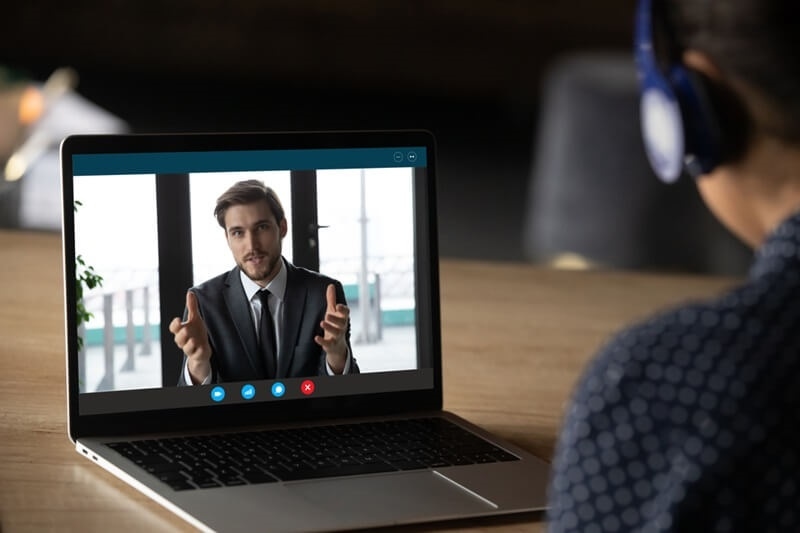
Let’s be honest. Most people don’t remember the last training session they sat through.
Not because they didn’t care. Not because the content was bad. But because it was too long, too dull, and quite frankly, too much at once. Attention spans are short. Time is limited. And learners today? They want learning that actually fits into their lives.
That’s where microlearning steps in—and not just any microlearning, but adaptive microlearning. Tiny bursts of learning that evolve with the learner, not just at them. Think of it like bite-sized knowledge that knows you. Neat, right?
In this guide, we’re diving deep into microlearnings and why this method is no longer a “nice-to-have” but a must-have in modern education, training, and workplace development.
Let’s get something clear: microlearning isn’t just chopping up a long video into smaller pieces. It’s a strategic way of delivering content in short, focused bursts—usually between 3 to 7 minutes. But here’s the twist—adaptive microlearning takes it one step further. It adjusts based on how the learner performs, what they already know, and how they best absorb new information.
In other words, microlearning meets you where you are.
Imagine being fed only the content you need, right when you need it—nothing more, nothing less. That’s the kind of personal, on-demand experience people expect from entertainment and shopping apps. And now, learning is catching up.

We’ve all heard of the benefits of microlearning, but when you blend that with adaptive tech? You get learning on steroids. And not the scary kind.
Let’s break it down.
In short, adaptive microlearning is fast, effective, and—let’s be honest—less boring than traditional learning formats.
This isn’t just marketing fluff. The learning science behind microlearning is solid.
The Ebbinghaus forgetting curve shows we forget about 70% of new information within 24 hours unless we review it. Microlearning combats this with spaced repetition. It gives you small refreshers at just the right time, keeping the knowledge fresh.
Throw in adaptive tech? Now we’re talking precision timing. Just-in-time learning that boosts long-term retention.
And for people managing teams or training employees, this means real results. Faster onboarding. Better compliance. Fewer errors. More confidence.
Okay, so you're sold on the idea. But how do you do microlearning right?
Here are some real-world microlearning best practices that actually work—no fluff, no corporate jargon.
One concept per module. One skill. One goal. Don’t cram multiple ideas into a 5-minute clip. If it takes longer than 7 minutes to explain, it probably needs to be broken into two.
People don’t wait to get to a laptop anymore. If your content doesn’t work on mobile, it’s dead on arrival. Think tap-friendly interfaces, subtitles, offline access—the works.
Forget theory. Use stories, problems, and challenges that the learner actually faces. Context builds relevance, and relevance builds memory.
The more choice, the better. Let people decide when, how, and what they learn next. Autonomy isn’t just empowering—it’s addictive.
Every lesson should have quick assessments. Short quizzes, drag-and-drop tasks, or flashcards that reinforce the message. And if someone gets it wrong? Show them why, and let them try again.
Read Next: Explore 2025 Airport Travel Tips for International Students
Everyone. Okay, maybe not everyone—but a lot of smart companies and educators are hopping on board.
But it’s not just for business. Language learners, hobbyists, and anyone chasing a personal goal (like brushing up on public speaking or productivity hacks) are all finding gold in these tiny, tailored lessons.
And let’s not forget educators. High school teachers and professors alike are supplementing lessons with microlearning bursts—turning passive learners into active ones with just a few clicks.
Not all platforms are created equal. Some look fancy but are clunky behind the scenes. Others are stripped down but don’t offer the adaptive part that truly makes the magic happen.
When choosing a microlearning platform, ask yourself:
If the answer isn’t “yes” across the board, keep shopping.
The best platforms let you create content fast, adapt delivery to each learner, and track what actually sticks. Bonus if it’s gamified or has built-in motivation features—because everyone loves a progress bar.
Let’s get something out of the way—microlearning benefits are real, but this approach won’t solve every learning challenge.
You can’t teach brain surgery in five-minute videos. You can’t cram deep philosophical discussion into an animated quiz. Some skills just require longer practice, mentorship, or immersion.
But for quick wins? Microlearning kills it.
So don’t force it where it doesn’t fit. Instead, pair it with other methods. Let microlearning support your training strategy—not replace it.
Let’s zoom out for a second.
Think about how people actually learn today. They Google things. Watch YouTube tutorials. Listen to short podcasts. Follow step-by-step threads on social media. They want clarity. Now. Without fluff.
Microlearning taps into that rhythm. And adaptive microlearning? It dials it in perfectly.
By focusing on one skill at a time, learners build real confidence. Not fake confidence from sitting through an 8-hour course. Real, actionable confidence from solving one small problem, getting one thing right, and building from there.
Tiny skills stack up. They create momentum. And momentum, over time, leads to transformation.
In Case You Missed It: A Strategic Guide to Digital Marketing for Events in 2025
If you’ve ever ditched a course halfway through or felt like training just “wasn’t sticking,” you’re not alone. It’s not your fault. You just needed a better system.
Adaptive microlearning is that system.
It meets you where you are. Moves when you move. Grows as you grow. And it doesn’t judge if you forget something or need a refresher.
So whether you're a manager looking to train a remote team, a solopreneur leveling up your skills, or a teacher trying to reach distracted students—you’ve got tools now. Powerful ones.
And it starts with one small learning moment.
This content was created by AI